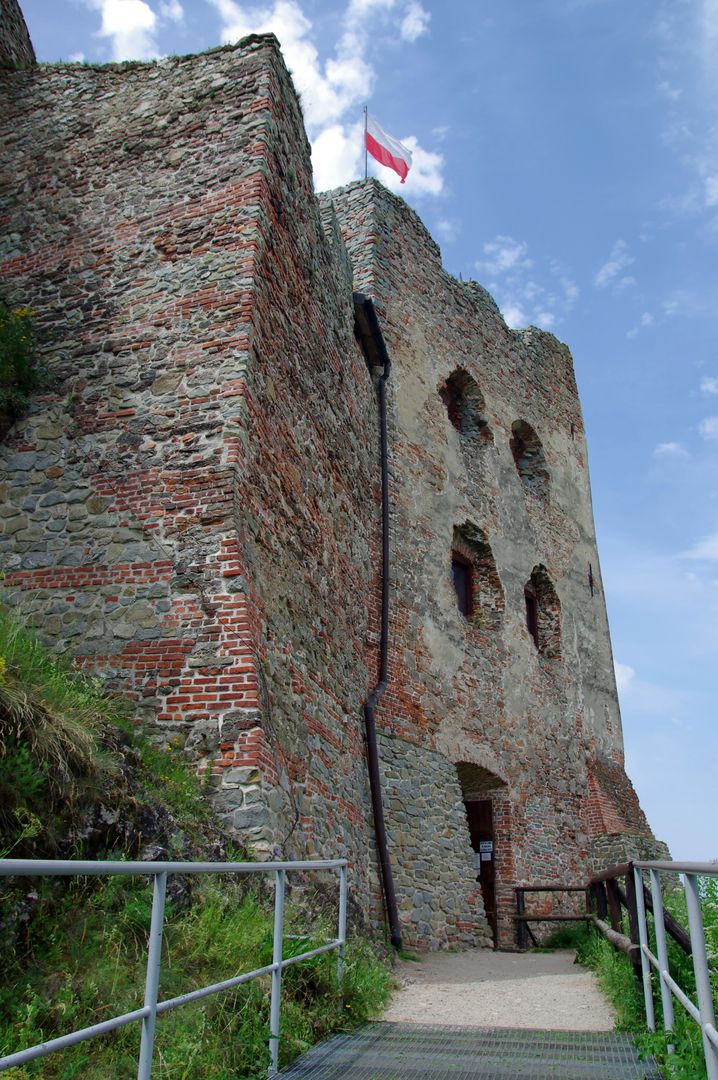Czorsztyn Castle
6.89

Overview
Czorsztyn Castle, situated on a hill known as Castle Mountain overlooking Lake Czorsztyńskie, boasts a rich history dating back to the 13th century, when the first wooden structures and fortifications were built. In the 14th century, on the initiative of either King Wenceslaus II or Saint Kinga, a stone cylindrical tower was erected on the site, forming part of the defensive system of southern Lesser Poland. Over the following years, the castle was expanded, and by the 15th century, it had become a key strategic point on trade routes leading to Hungary.
A major modernization was carried out by Casimir the Great, who in the 15th century placed the castle under pledge, leading to further construction work by subsequent starosts. In the 16th and 17th centuries, the castle acquired features of late Renaissance architecture, with the most extensive expansion undertaken by Jan Baranowski between 1629 and 1643, incorporating modern architectural solutions.
After a Baroque-era flourish, the structure began to fall into ruin, particularly following Austrian takeovers in the 18th century. Czorsztyn Castle became synonymous with picturesque decay, inspiring Romantic poets and artists, and its history became shrouded in legends, including tales of treasure hidden in its cellars by shepherds.
Interestingly, in the early 20th century, the castle gained popularity as a symbol of lost Poland and became the subject of numerous archaeological and conservation studies. Today, after extensive restoration work and its inclusion in the register of historical monuments, the castle is open to tourists and remains an important cultural landmark of the region.
Location
2025 Wizytor | All Rights Reserved